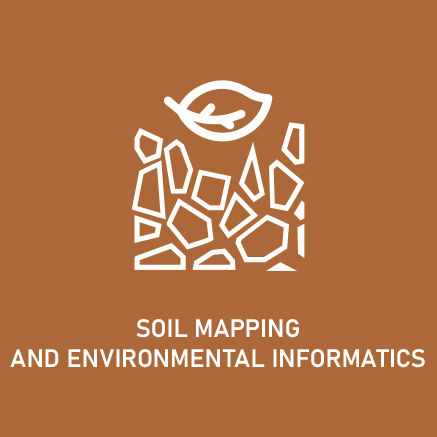Since there are several types of invasive plant databases available, determining which database type is the most relevant for investigating the occurrence of alien plants is of great importance. In this research, the efficiency and reliability of point-based (EUROSTAT Land Use and Coverage Area Frame Survey (LUCAS)) and polygon-based (National Forestry Database (NFD)) databases has been compared using geostatistical methods. The occurrence of three invasive tree species (Ailanthus altissima, Elaeagnus angustifolia, and Robinia pseudoacacia) and their relationships with soil, hydrological, and climatic parameters (such as soil organic matter content, pH, calcium carbonate content, rooting depth, water-holding capacity, distance from the nearest surface water, groundwater depth, mean annual temperature, and mean annual precipitation with generalized linear models) has also been investigated. The results show that the invasion levels of the tree species under study are generally over-represented in the LUCAS point-based vegetation maps, and the point-based database requires a dataset with a larger number of samples to be reliable. Regarding the polygon-based database, the occurrence of the invasive species is generally related to the investigated soil and hydrological and climatic factors.











